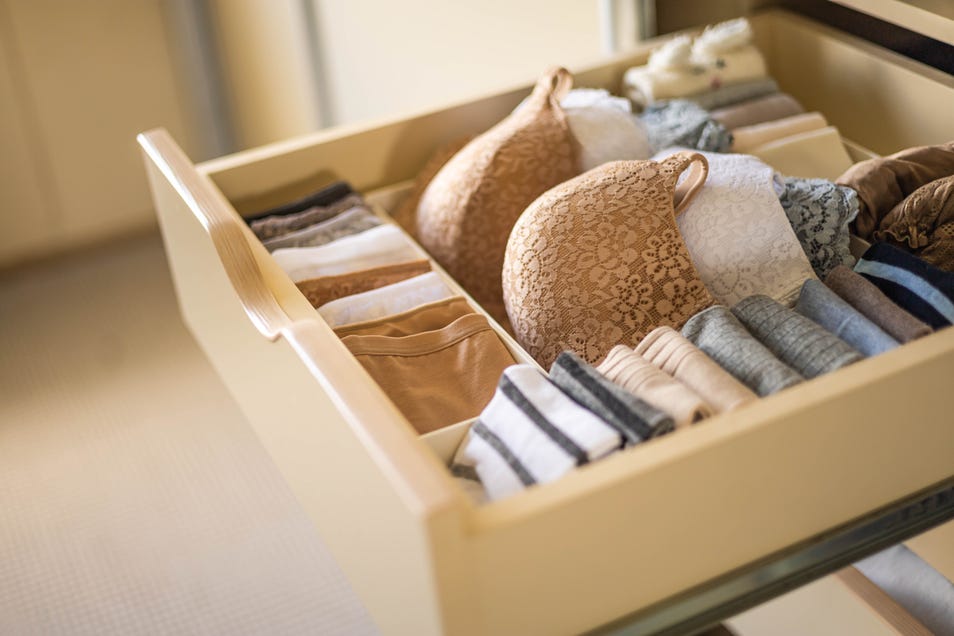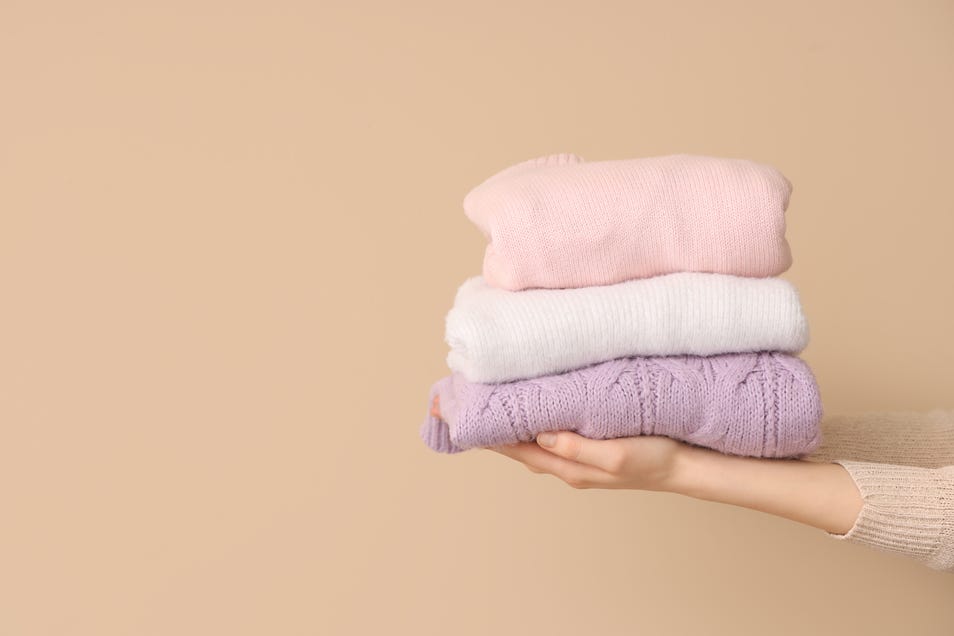How to Clean Mould from Clothes and Prevent Future Growth?
Opening your wardrobe to find your favourite clothes covered in black spots and smelling musty is a frustrating experience. Mould on clothes is more than just an eyesore—it’s a persistent problem that can damage fabrics and even pose health risks. Mould thrives in damp, poorly ventilated environments, making clothes stored in basements, attics, or humid closets particularly vulnerable.
If left untreated, it can cause respiratory issues, skin irritation, and allergic reactions. The good news is that learning how to clean mould from clothes and prevent its return is easier than you might think. In this guide, we’ll walk you through the steps to take mould out of clothes and share practical tips to keep your wardrobe mould-free for good.
Identify Mould on Clothes
Before you can tackle the problem, you need to know what you’re dealing with. Mould on clothes often appears as black, green, or white spots, accompanied by a musty odour. It’s important to differentiate between mould and mildew, as they require slightly different approaches. Mildew is a surface-level fungus that looks powdery and is easier to remove, while mould penetrates deeper into fabrics. If you notice discolouration or a damp, earthy smell, it’s time to learn how to get rid of mould on clothes.
Mould spores are microscopic and can spread quickly, so it’s essential to act fast. Ignoring the problem can lead to permanent fabric damage and health concerns. By identifying mould early, you can take the necessary steps to get mould out of clothes before it becomes a bigger issue.
Pre-treatment Before Washing
The first step in taking mould out of clothes is to pre-treat the affected areas. Start by taking the garments outside and brushing off any dry mould with a soft-bristled brush. This prevents mould spores from spreading indoors and contaminating other items. Always wear gloves and a mask to protect yourself from inhaling spores or coming into direct contact with them.
For stubborn mould, you can use a vacuum cleaner with a HEPA filter to remove loose spores. This pretreatment step is crucial for ensuring that the mould doesn’t spread during the washing process. If the mould is particularly severe, consider soaking the clothes in a mixture of water and a mild detergent before proceeding to the next step. This will help loosen the mould and make it easier to remove during washing.
Choose the Right Cleaning Method
Not all fabrics can be treated the same way when it comes to getting mould out of clothes. Here are some effective methods for different types of fabrics:
- Vinegar for Delicate Fabrics: White vinegar is a natural antifungal agent that’s gentle on delicate fabrics. Mix one part vinegar with three parts water and soak the clothes for an hour before washing. This method is effective for removing mildew on clothes without damaging the fabric.
- Baking Soda for Colours: Baking soda is a safe and natural option for coloured fabrics. Create a paste with water, apply it to the mouldy areas, and let it sit for 30 minutes before washing. This method is excellent for taking mould out of clothes without causing discolouration.
- Tea Tree Oil for a Natural Alternative: Tea tree oil is a natural antifungal and antibacterial agent. Add a few drops to your washing machine or mix it with water for a pre-treatment soak. This method is ideal for those who prefer chemical-free solutions.
Each of these methods ensures you can take mould out of clothes without damaging the fabric. For heavily moulded items, you may need to repeat the process or combine methods for the best results.
Wash and Dry the Clothes
Once you’ve pre-treated and chosen the right cleaning method, it’s time to wash the clothes. Use the hottest water setting suitable for the fabric, as heat helps kill mould spores. Add a quality detergent and, if possible, a mould-killing additive like borax. For an extra boost, consider adding a cup of white vinegar to the wash cycle.
After washing, dry the clothes thoroughly. Sunlight is a natural mould killer, so hang the garments outside if possible. The UV rays will help disinfect the fabric and remove any lingering odours. If using a dryer, ensure the clothes are completely dry before storing them. Moisture is mould’s best friend, so this step is vital to prevent regrowth.
Myths About Mould on Clothes
Myth 1: Mould Can’t Be Removed from Clothes
Many people believe that once mould sets in, clothes are beyond saving. However, with the right techniques, you can get mould out of clothes and restore them to their former glory. Persistence and proper cleaning methods are key.
Myth 2: Bleach is the Only Solution
While bleach is effective, it’s not the only option. Natural remedies like vinegar, baking soda, and tea tree oil can also take mould out of clothes without the harshness of chemicals. These alternatives are especially useful for delicate or coloured fabrics.
Myth 3: Mould Will Never Return After Cleaning
Unfortunately, mould can return if the conditions are right. That’s why prevention is just as important as cleaning. By controlling humidity and storing clothes properly, you can keep mould at bay.
Preventing Future Mould Growth
To avoid dealing with mildew on clothes in the future, follow these prevention tips:
- Store clothes in a cool, dry place with good ventilation.
- Use moisture absorbers like silica gel packets or dehumidifiers in closets.
- Avoid packing clothes too tightly, as this traps moisture.
- Regularly air out your wardrobe and wash clothes before storing them for long periods.
- Invest in breathable storage solutions like cotton garment bags.
- Keep an eye on humidity levels in your home, especially during rainy seasons.
By taking these steps, you can ensure that your clothes remain fresh and mould-free.
A Fresh Start for Your Wardrobe
Dealing with mildew on clothes or stubborn mould spots can be frustrating, but with the right approach, it’s entirely manageable. Acting quickly, using the appropriate cleaning methods, and taking preventive measures are the keys to success. Remember, mould thrives in damp environments, so keeping your clothes dry and well-ventilated is crucial.
We hope this guide has empowered you to tackle mould head-on and restore your favourite garments. Whether you’re learning how to clean mould from clothes for the first time or looking for better ways to get rid of mould on clothes, these tips will help you achieve a mould-free wardrobe.
Sources:
https://321zips.com/blog/how-to-remove-mold-from-clothing/#:~:text=To%20effectively%20remove%20mold%20from,hot%20water%20cycle%20as%20directed.
https://bioresponsecorp.com/mold-out-of-clothes/#:~:text=Use%20Tea%20Tree%20Oil,natural%20and%20safer%20than%20bleach.
https://www.nimbushomes.com/blog/how-to-remove-mould-from-clothes#:~:text=Using%20baking%20soda%20is%20a,and%20your%20regular%20laundry%20detergent.





